Possui graduação pela Universidade Federal de Santa Catarina, local onde trabalhou durante 2 anos na área de biossensores e sensores biomiméticos. Possui mestrado, doutorado e pós-doutorado pela Universidade Estadual de Campinas (UNICAMP). No mestrado, dedicou 2 anos de pesquisa na construção de plataformas nanoestruturadas sobre eletrodos convencionais para detecção de compostos de interesse farmacológico e ambiental. Durante o doutorado desenvolveu dispositivos analíticos à base de papel com detecção eletroquímica visando análises rápidas, simples e de baixo custo. No pós-doutorado diversificou as suas linhas de pesquisa trabalhando principalmente com dispositivos microfluídicos e investigando as propriedades eletroquímicas do óxido de grafeno. Atualmente é pesquisador da divisão de dispositivos no Laboratório Nacional de Nanotecnologia (LNNano) onde é responsável pelos seguintes tópicos: (i) dispositivos eletroquímicos/eletrônicos flexíveis e (ii) caracterização eletroquímica de materiais 2D.






